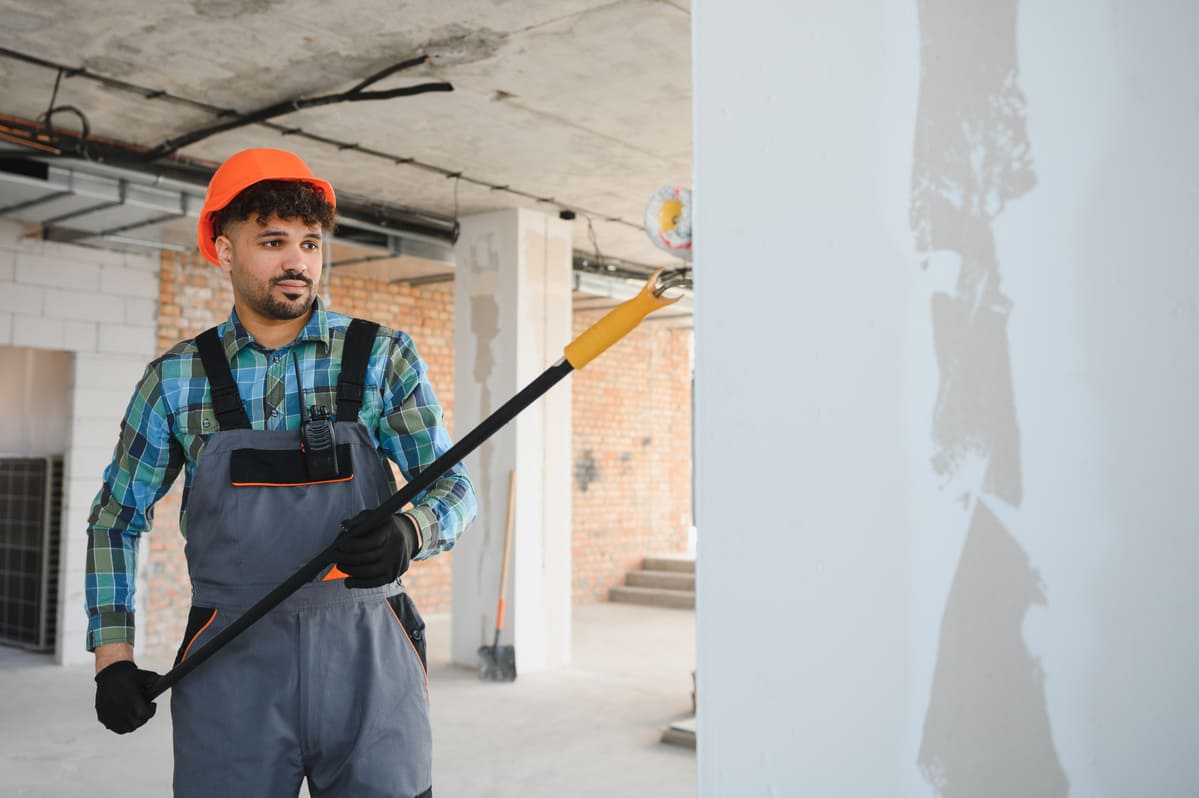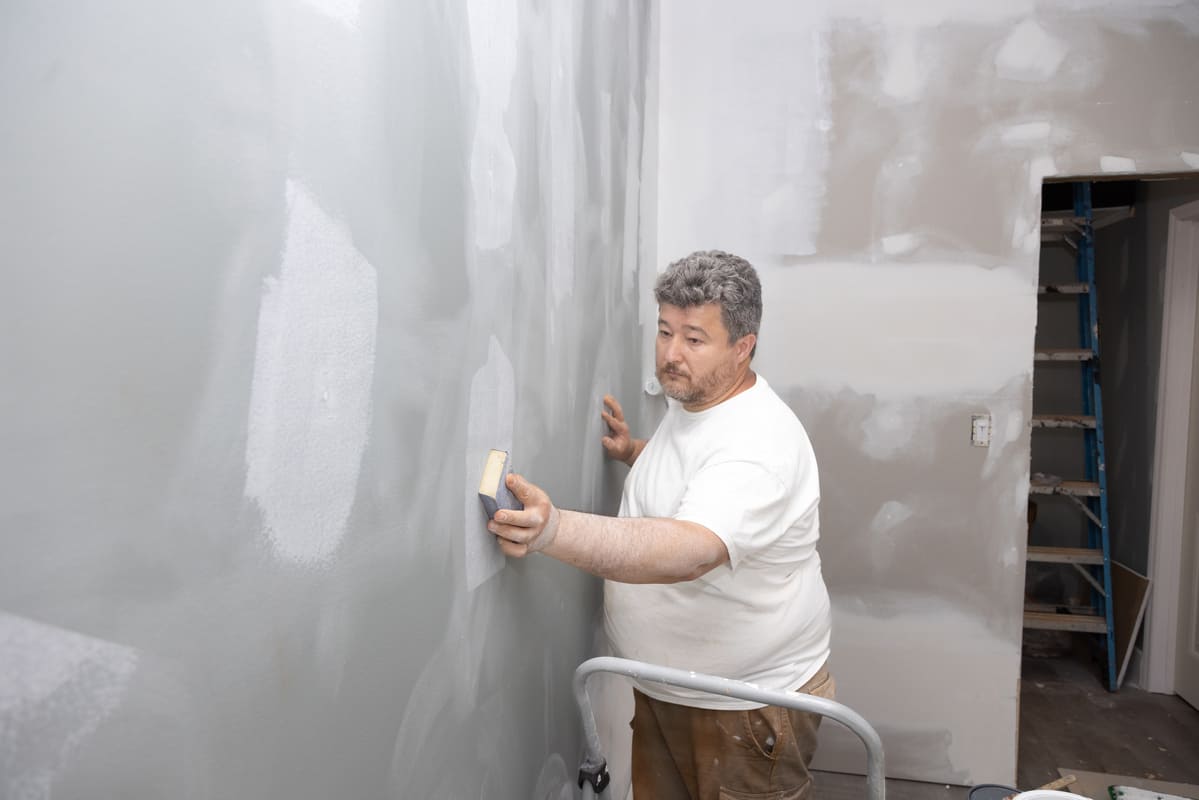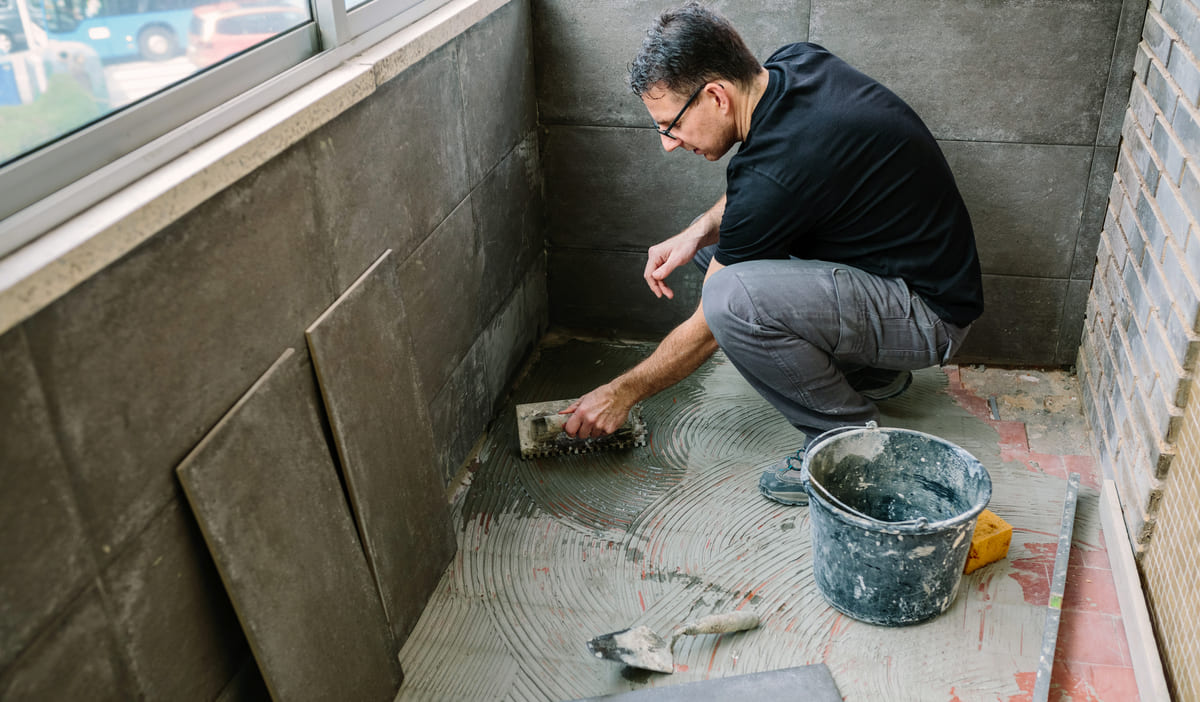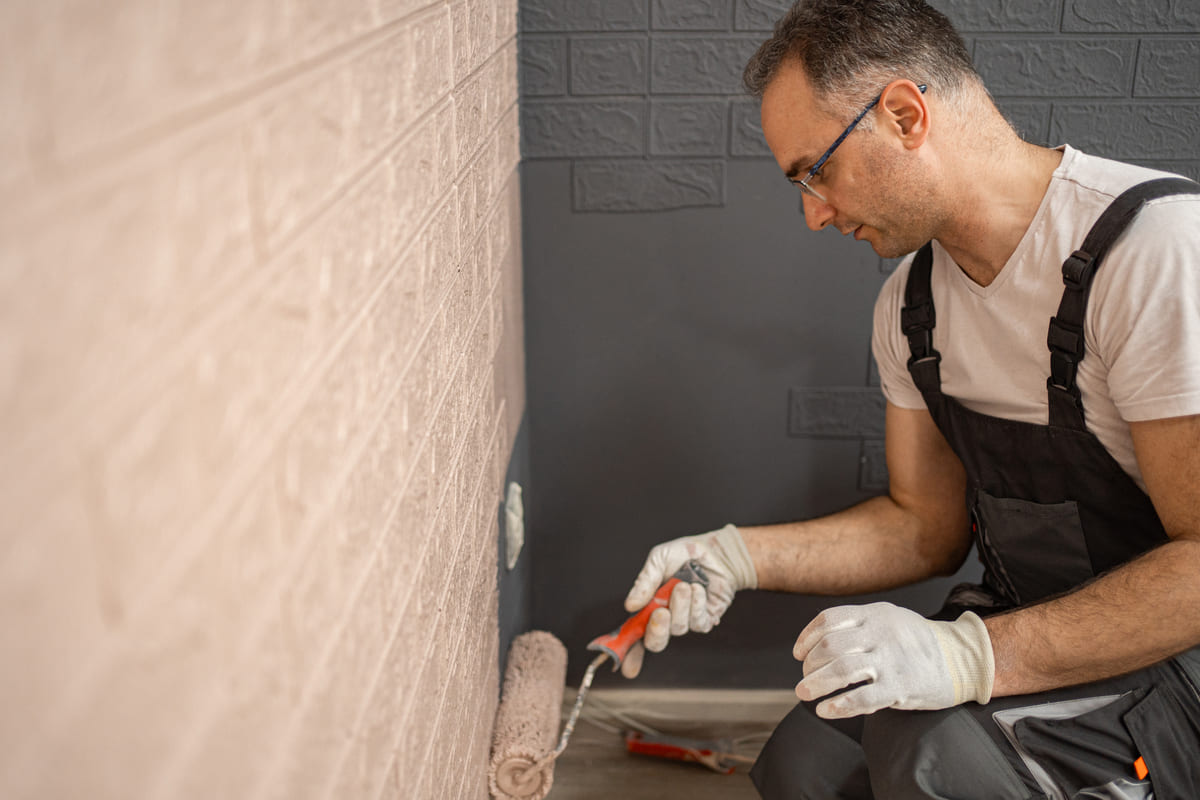What Are the Signs of Dry Rot? Learn from Surrey’s Leading Experts

Damp is a common problem in many UK homes, especially older properties or buildings with poor ventilation. Left untreated, it can cause structural damage, unpleasant smells, and health issues. This guide will help you understand what damp is, what causes it, how to spot the signs early, and the best ways to treat it.
What Is Damp?
Damp refers to the presence of excess moisture within a property’s walls, ceilings, or floors. It can affect both internal and external areas of a building. Damp can lead to mould growth, damage to timber, and a deterioration of plaster and paintwork.
Common Causes of Damp
- Poor Ventilation: Lack of airflow causes condensation to build up, especially in kitchens and bathrooms.
- Leaking Pipes: Hidden leaks from water or central heating pipes can gradually soak into walls or floors.
- Roof Damage: Broken tiles or blocked gutters can allow rainwater to seep in.
- Rising Damp: Occurs when moisture from the ground rises through walls due to a failed or missing damp-proof course (DPC).
- Penetrating Damp: Happens when water enters the building through external defects like cracked brickwork or damaged pointing.
Signs of Damp in Your Property
- Peeling Paint or Wallpaper: Damp can cause decoration to bubble or come away from the wall.
- Musty Smells: A stale, damp odour often suggests mould or mildew is present.
- Black Mould Spots: Usually seen in corners of ceilings, behind furniture, or around windows.
- Damp Patches: Discolouration or dark spots on walls, often with a cold, wet feel.
- Tide Marks: Horizontal lines on walls, usually a sign of rising damp.
- Crumbly Plaster or Soft Walls: Walls may feel weak to the touch and show signs of decay.
Types of Damp
- Condensation: The most common type, caused by moist air settling on cold surfaces. Common in bathrooms and kitchens.
- Rising Damp: Caused by moisture rising up from the ground. Most likely in basements or ground floor walls.
- Penetrating Damp: Caused by water entering the property from outside, due to structural faults.
How to Prevent Damp
- Use extractor fans in bathrooms and kitchens to reduce moisture build-up.
- Ensure your home is properly ventilated by opening windows regularly.
- Check gutters, downpipes, and roof tiles regularly for damage.
- Install or repair a damp-proof course if required.
- Use a dehumidifier in problem areas to lower humidity levels.
Professional Damp Solutions
If you suspect damp in your home, it’s important to get a professional survey. At Surrey Damp Experts, we provide detailed inspections and a full range of treatments including:
- Damp-proofing walls and floors
- Installing or repairing DPC systems
- Mould removal and treatment
- Ventilation and condensation control solutions
Conclusion
Damp can be a hidden danger, causing long-term damage to your property and health. Recognising the signs early and getting expert help is key to avoiding costly repairs. Contact Surrey Damp Experts today for trusted advice and lasting solutions to protect your home.




